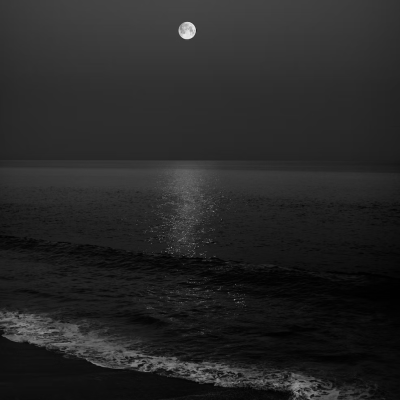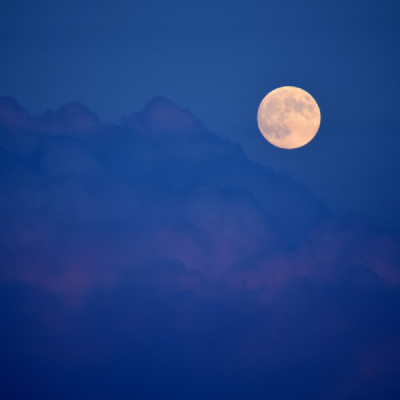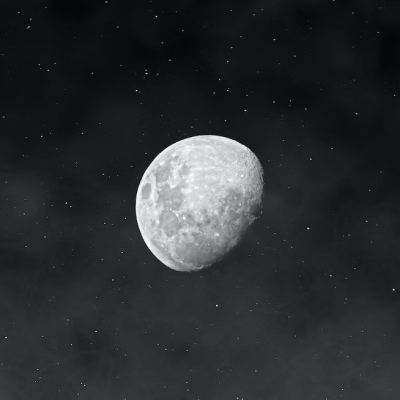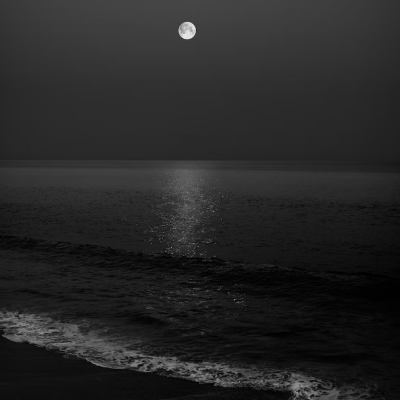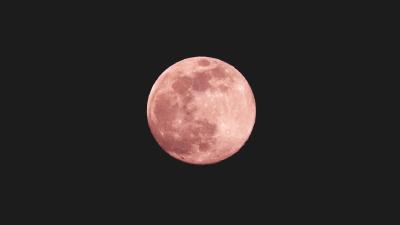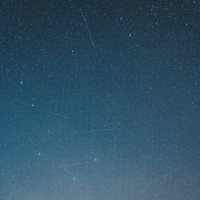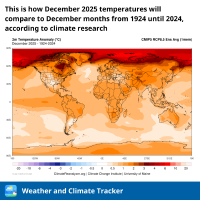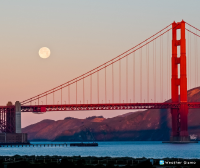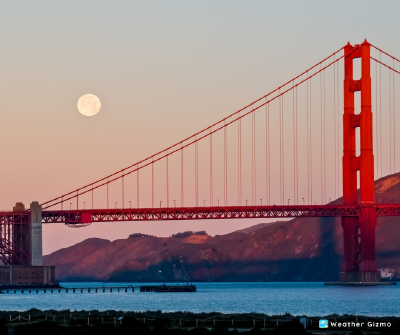
[Sky]
Full Moon Names by Month
Below are common traditional names for each month’s full moon (largely from North American and European folklore). Names can vary by region, culture, and language. January — Wolf Moon (also: Old Moon, Ice Moon) February — Snow Moon (also: Hunger Moon) March — Worm Moon (also: Crow Moon, Sap Moon, Lenten Moon) April — Pink Moon (also: Sprouting Grass Moon, Egg Moon) May — Flower Moon (also: Corn Planting Moon, Milk Moon) June — Strawberry Moon (also: Rose Moon, Hot Moon) July — Buck Moon (also: Thunder Moon, Hay Moon) August — Sturgeon Moon (also: Grain Moon) September — Corn Moon (often Harvest Moon if closest to the autumn equinox) October — Hunter’s Moon (follows the Harvest Moon) November — Beaver Moon (also: Frost Moon) December — Cold Moon (also: Long Night Moon) Notes
Read more...